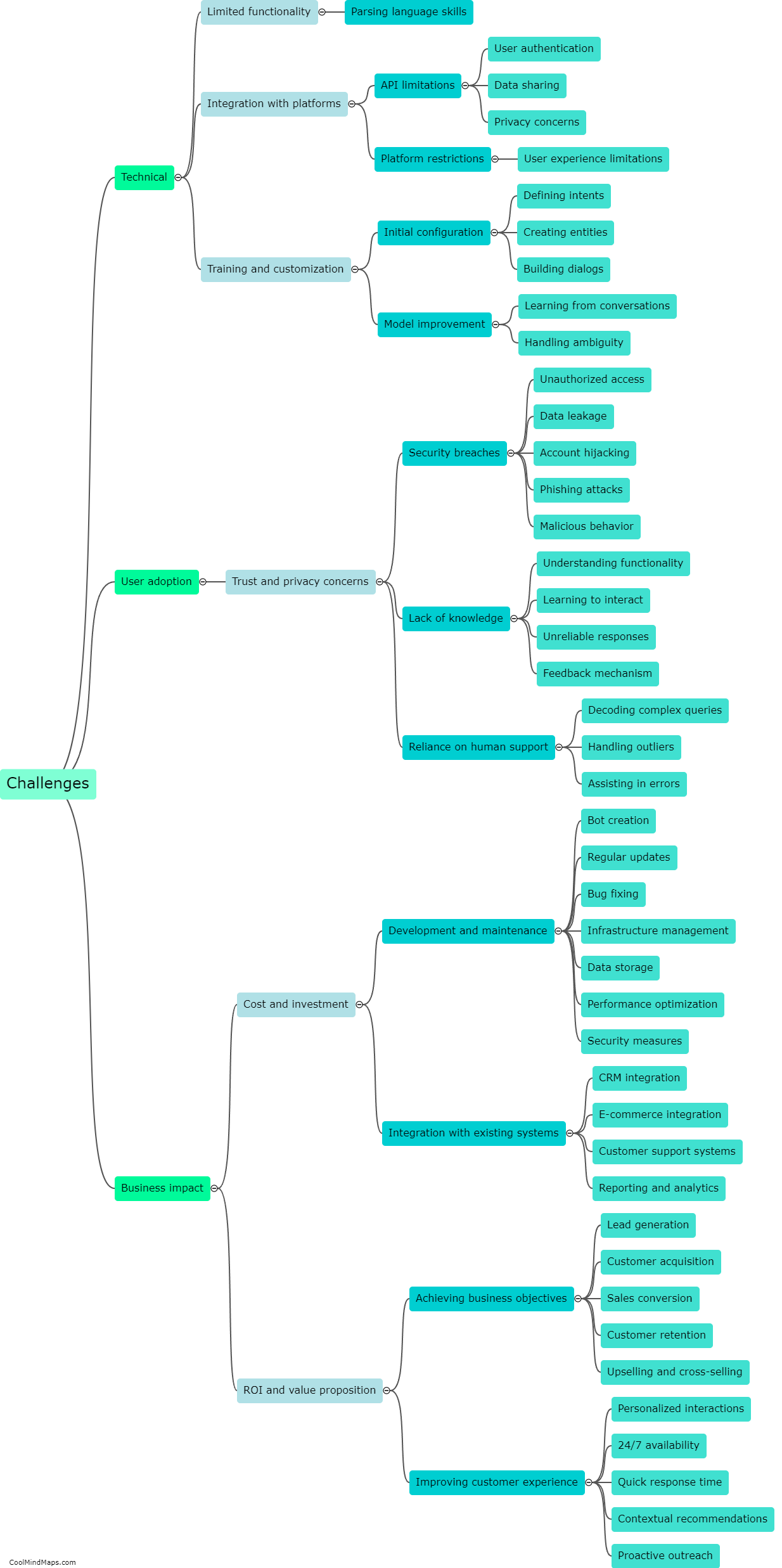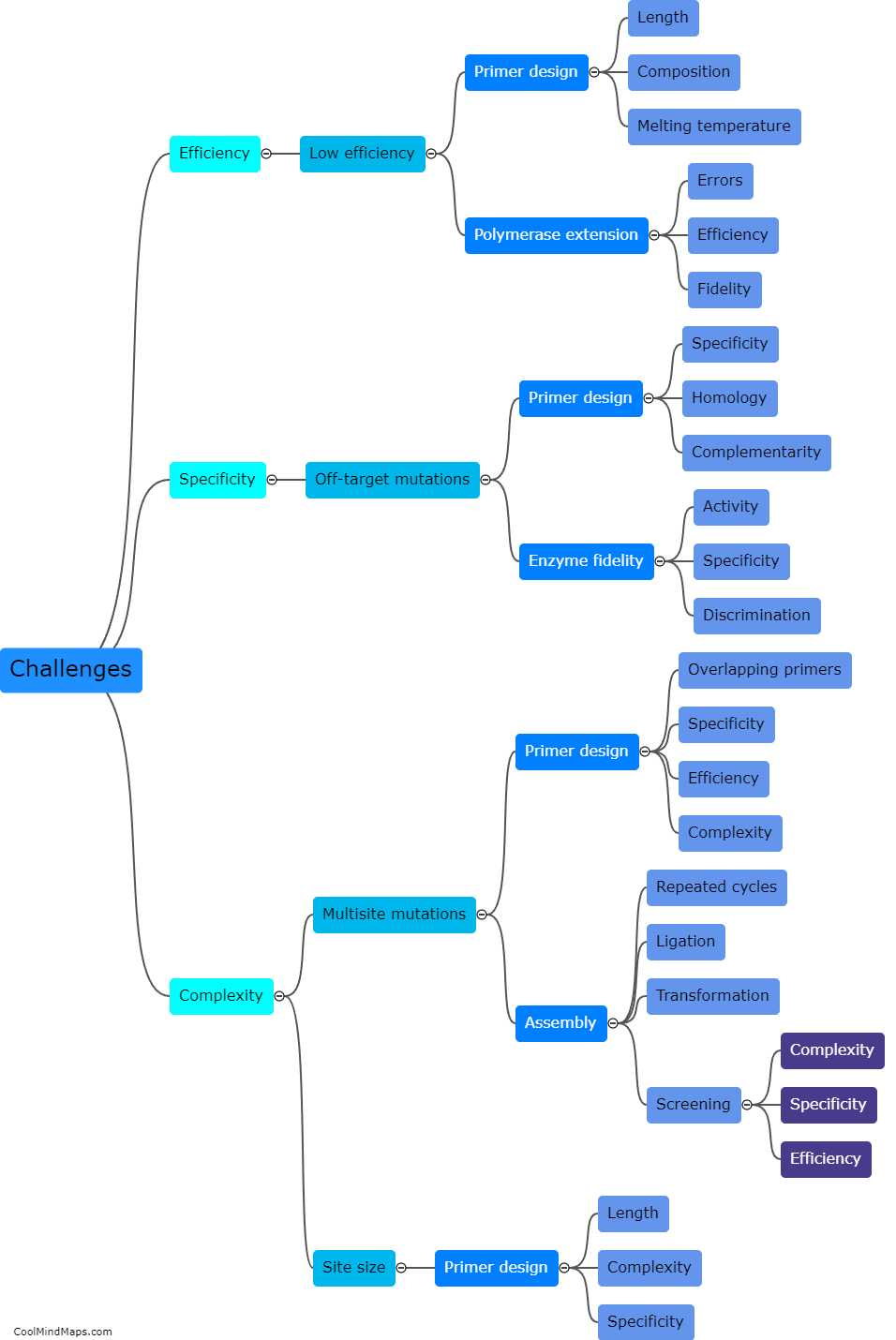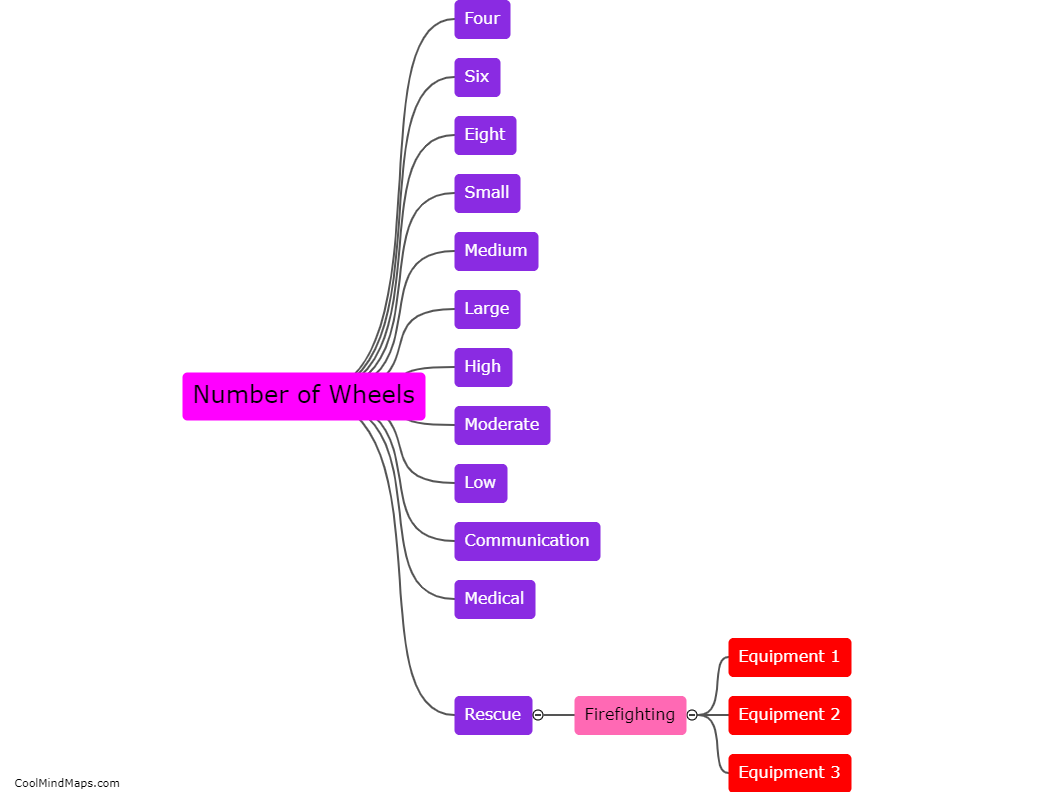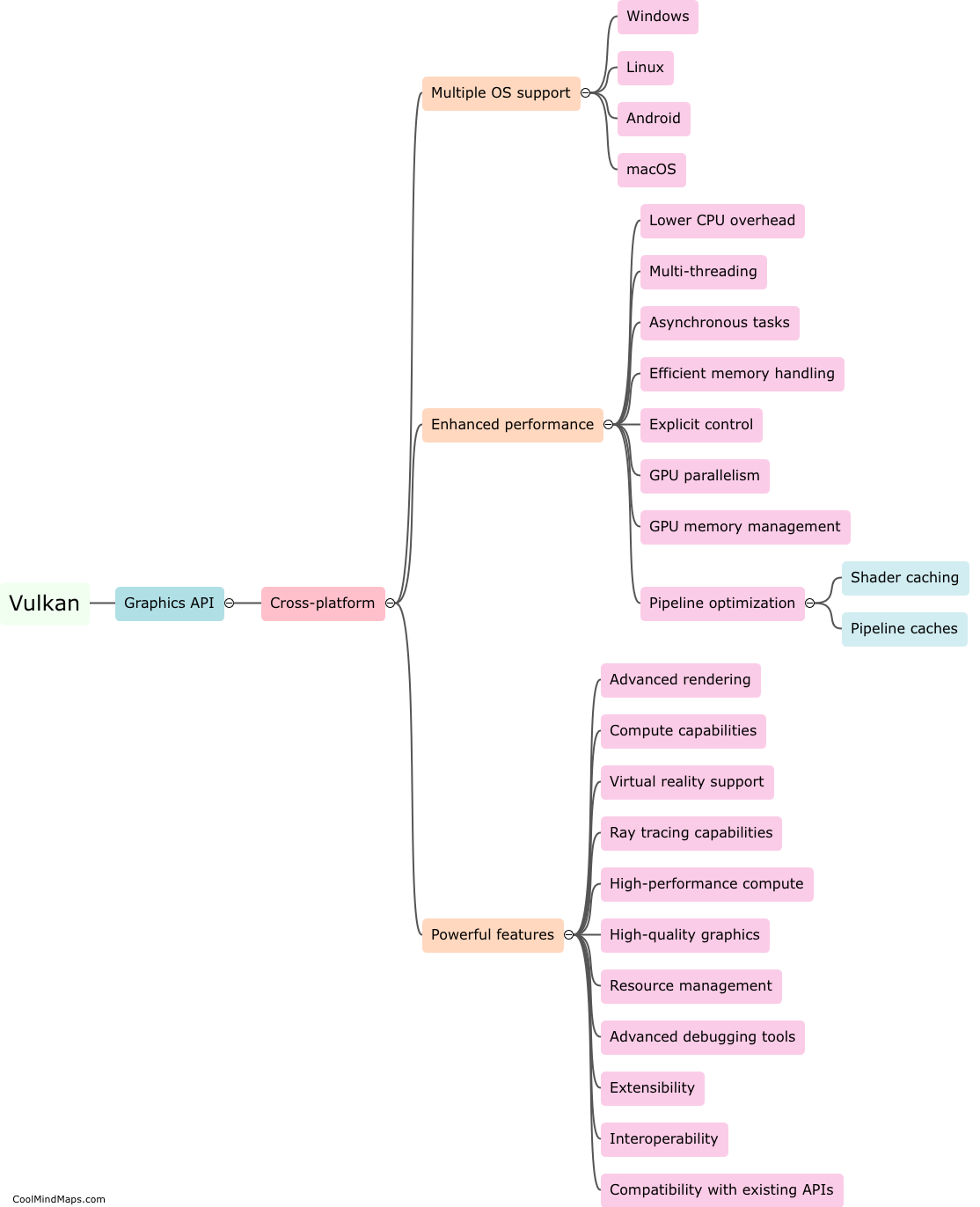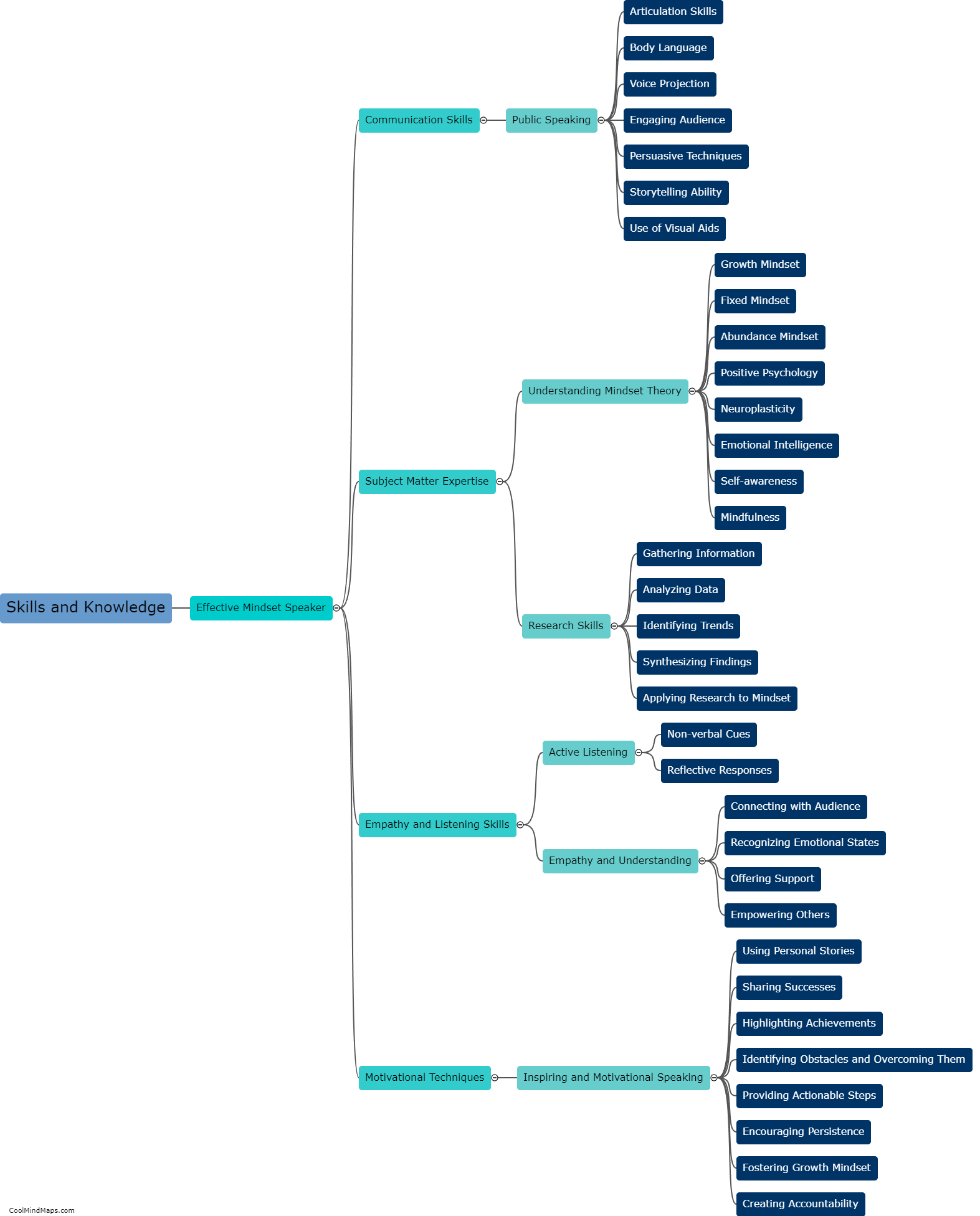How do volcanoes form?
Volcanoes form through a complex geological process that involves the movement of tectonic plates. Most volcanoes occur at plate boundaries, where the Earth's crust is either colliding, diverging, or sliding past each other. When two plates collide, one may be forced beneath the other in a process called subduction, creating intense pressure and heat beneath the Earth's surface. This leads to the melting of rocks and the formation of magma. As the magma rises towards the surface, it can accumulate in a magma chamber. Eventually, the pressure becomes too great, and the magma erupts through a vent, creating a volcanic eruption. The erupted magma, known as lava, can solidify and build up layers over time, forming a volcano. The size and shape of a volcano depend on various factors such as the type of magma, eruption style, and the duration of volcanic activity.
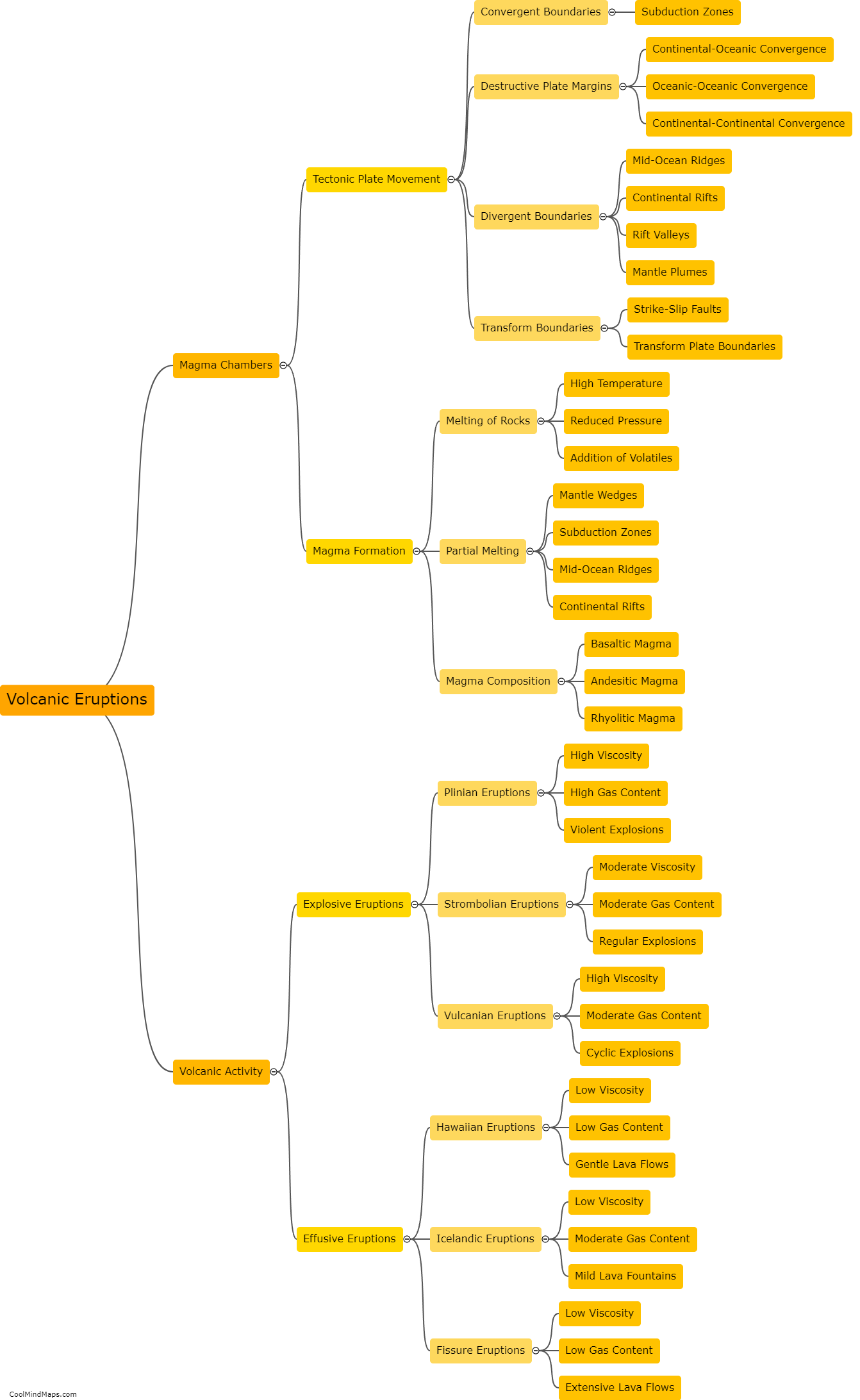
This mind map was published on 19 November 2023 and has been viewed 115 times.

